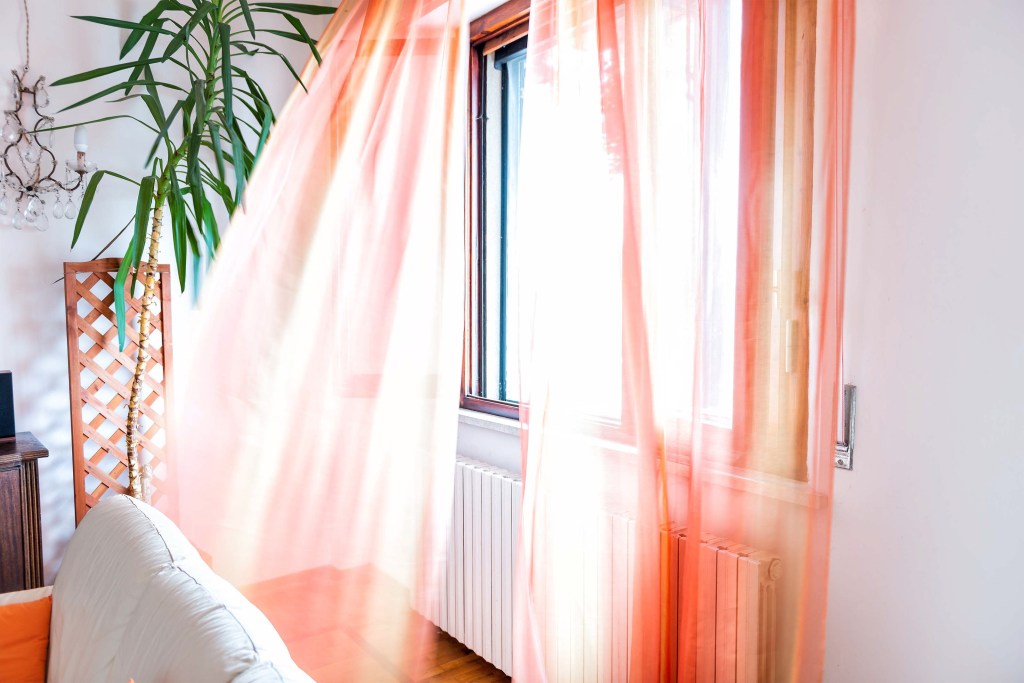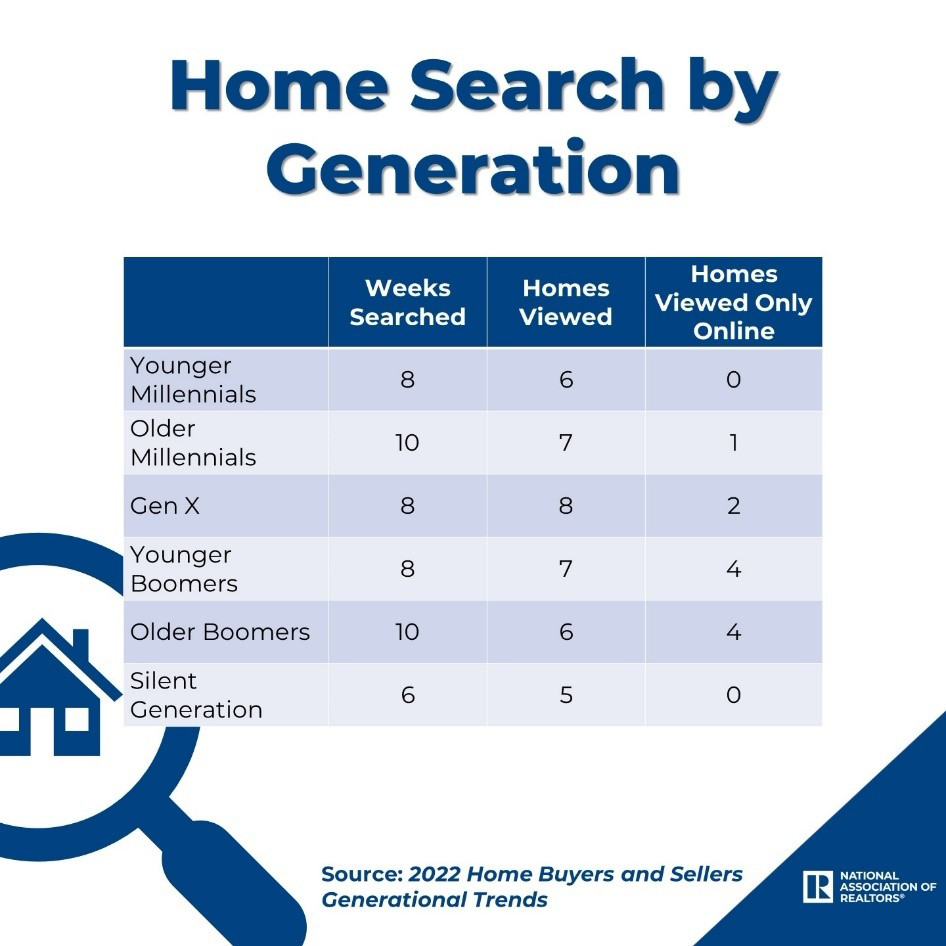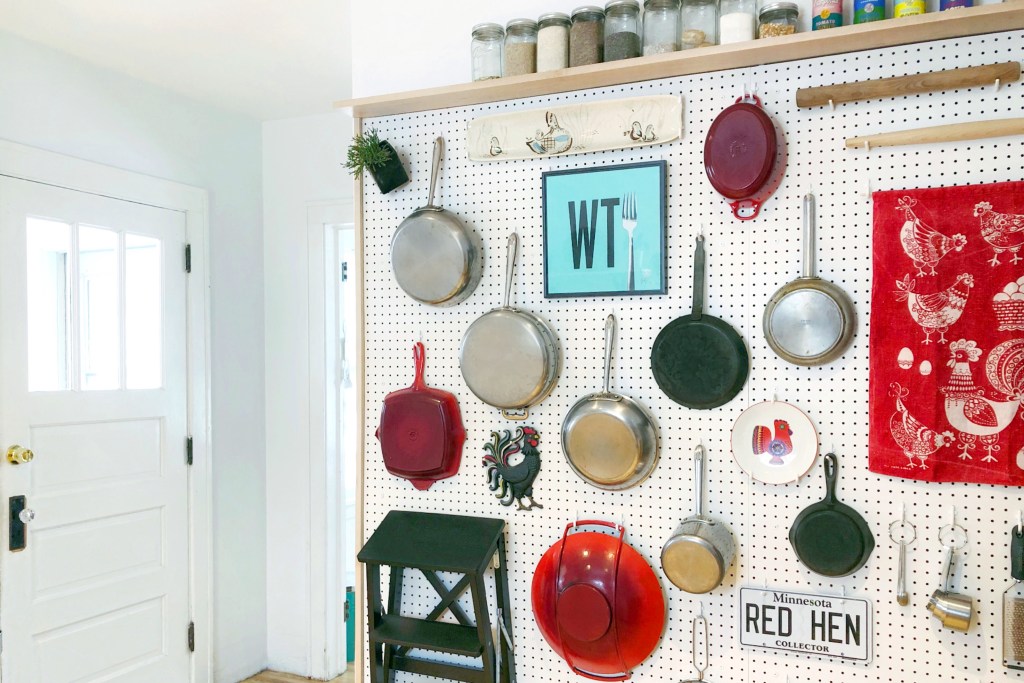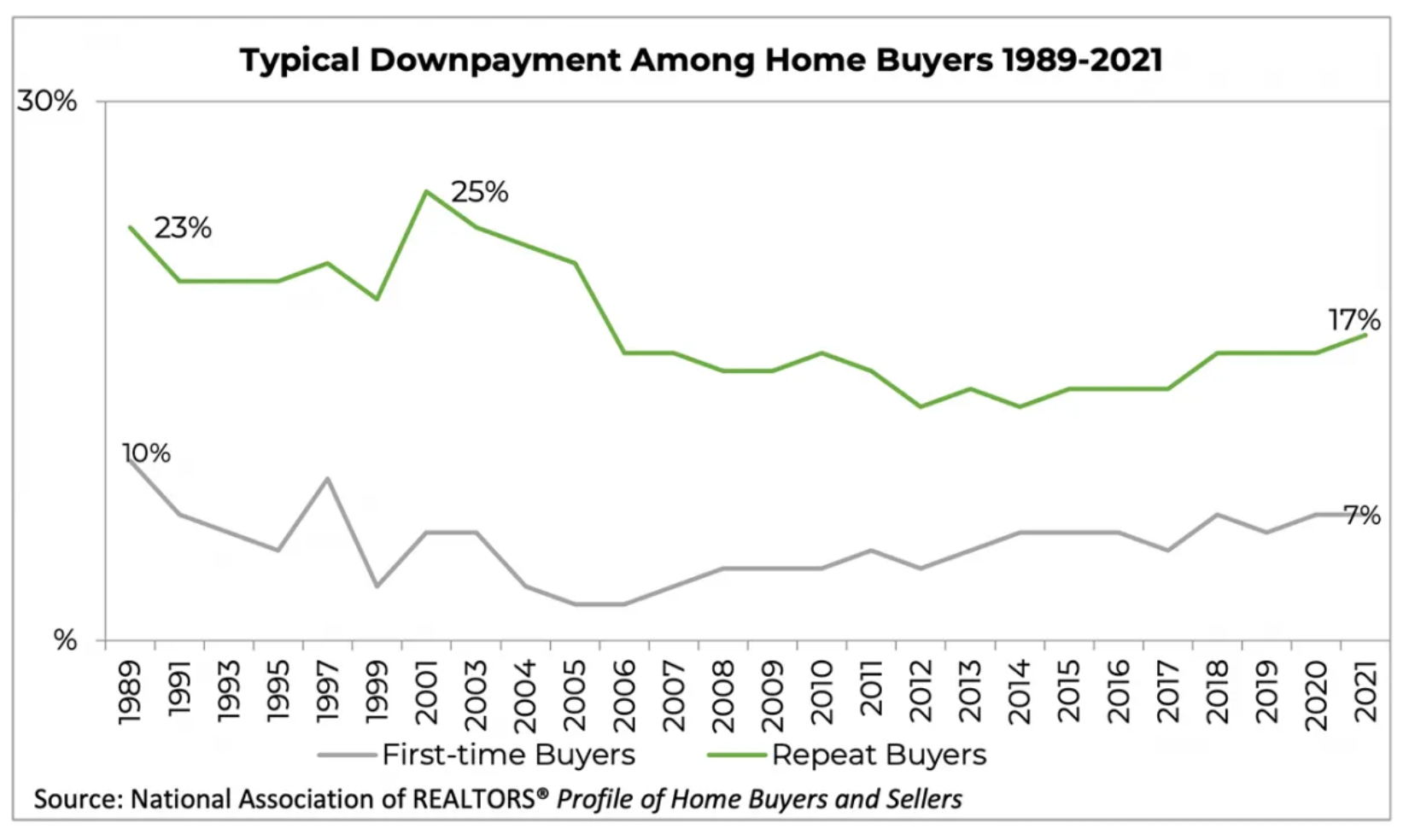Don’t open the windows. That spring breeze is no help at all.

Once there’s even a glimmer of spring, you’re ready to throw open your windows and let the breeze blow away the winter funk. Well, you might want to rethink that spring cleaning ritual this year.
If you’re an allergy sufferer (and who isn’t?), that’s the last thing you want to do, says Dr. Neeta Ogden, a spokesperson for the American College of Allergy, Asthma and Immunology. “It will allow pollen to settle in your home.”
If you really can’t skip that spring breeze, avoid opening windows in the morning, when pollen counts are highest. They decrease late in the day and at night.
That’s not the only common spring-cleaning mistake homeowners make. Here are eight more to avoid:
#1 Not Looking Up
You’ve worked up a sweat and everything’s starting to sparkle, but then you realize your ceiling fan is coated in dust. Uh-oh. Once you start wiping the fan, dust will scatter on what you’ve already cleaned. That’s why you should always look up to see what needs dusting before you start cleaning at eye level. Tackle hard-to-reach places like the tops of bookshelves, crown molding, and window ledges.
#2 Starting to Clean Without a Plan
You wake up motivated. Today you’re going to get all your spring cleaning done! But by noon, your house is in disarray, and not one single room is finished. Ugh. That’s why Briana Norde, owner of Caliber Cleaning, says it pays to break up the biggest cleaning project of the year into smaller, more manageable tasks.
She recommends starting with your hardest job, like the kitchen, which she calls the “most time-consuming room.” With that first accomplishment under your belt, you’ll have the momentum to take on the remaining tasks. The key is to give yourself plenty of breaks. And there’s nothing wrong with spreading it out over several days.
#3 Ignoring That Weird-Looking Vacuum Attachment
Don’t let your carpet hog the vacuum. The crevice tool, Norde says, “is not used nearly enough.” Use it between your wall and refrigerator to get out the accumulated dust that’s otherwise unreachable, and run it around the edge of your baseboards to clean where standard upright vacuums can’t reach.
#4 Skipping the Mattress
Think of how much time you spend in your bed. Yet, you probably clean the top of your fridge more often than your mattress. Your mattress harbors millions of dust mites, which cause various respiratory conditions including sneezing, a runny nose, itchy eyes, and skin rashes (not to mention just being plain gross).
“[Dust mites’] food is human skin scales, so the bed is just heaven for them,” says Ogden.
She recommends using a vapor steam cleaner to root out the itchy devils, then wrapping it in an anti-allergen mattress protector.
At the very least, sprinkle your mattress with baking soda and let it sit for awhile. Then (using the attachment mentioned above) vacuum it up.
#5 Relying on Harsh Cleaners
There’s a reason many commercial cleaners have the words “danger,” “hazard,” or “caution,” on their labels. Something in the ingredients is toxic in one form or another, and most all could aggravate allergies and asthma. So, “don’t go crazy with cleaners you don’t need,” says Ogden. Moldy bathrooms may scream for bleach, but most surfaces do not. Ogden recommends making your own solution of water and vinegar (use a fifty-fifty ratio), which will keep most surfaces clean and germ-free.
#6 Using Chemical Air Fresheners
You want your home to smell fresh, so it’s tempting to reach for that mountain-rain-spring-fresh-scent in a can. But aerosol air fresheners contain high levels of toxic pollutants like phthalates, which can affect hormone levels, cause reproductive abnormalities, and increase allergies and asthma. Yikes. Try homemade (and less-expensive) alternatives, such as potpourri, or essential oils and water in a spray bottle.
Related: Fragant Plants That Will Keep Your Home Smelling Good
#7 Leaving the Clutter
All of the spring cleaning tips and advice are useless if you don’t declutter first.
“We tend to not clean well around clutter,” says Ogden. “You’re not going to reach the dust there.”
Make sure toys are put away, books are back on the bookshelf, and paperwork is filed before you begin the cleaning process. Otherwise, you’re leaving room for dust and pollen to hide — making spring cleaning all for naught.
#8 Treating It Like a Chore
If you dread spring cleaning, this should make you feel better: a Harvard study found those who treated cleaning as beneficial exercise saw a decrease in weight, body mass index, blood pressure, and more. That’s what we call a trifecta: living in a clean home, breathing allergy-free air, and feeling great!
“Visit HouseLogic.com for more articles like this. Reprinted from HouseLogic.com with permission of the NATIONAL ASSOCIATION OF REALTORS®.”





















